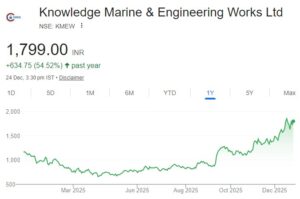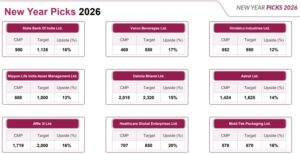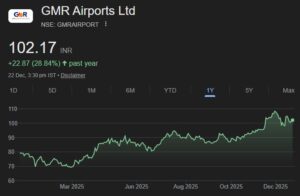
And today, when the Sensex slumped 300 points in the wake of the Cyprus crises, the RBI’s stubbornness on the interest rate and the DMK’s pull-out from the Government, investors couldn’t help feel a sense of deja-vu that it was 2008 all over again.

Shankar Sharma, in his interview to Business Standard, sent the grim warning that India and the BRIC pack are standing at the edge of a “growth cliff“. With respect to India, he singled out the CAG, RBI and the Supreme Court as being responsible for the terrible global macro environment that the Country was in. The RBI came in for special criticism from Shanklar Sharma for creating the “stagflationary environment“. While the US economy, “with both engines flamed out, the ejector seat stuck, and a clueless pilot was still able to fly“, the super-jet in India was stuck on the ground, thanks to the inability of the RBI to accept its error and alter its strategy, Shankar Sharma said.
Shankar Sharma also warned that the March 2013 quarter would not see much revival in corporate earnings or in the capex cycle as the interest rates were still very high.
Shankar Sharma was also critical of individual sectors. He called the aviation sector a “terrible industry” to be in and said that most other Industries like information technology, pharmaceuticals, consumer and the metal stocks were “screaming short“. Surprisingly, Shankar Sharma had also changed his view on his erstwhile favourite stocks in the public sector (PSU) banking space. He said that the rising NPAs and forthcoming competition from new incumbents made life difficult for the banking stocks.
He sent the blood curdling warning that the markets are at nearly the same point as where they were in September – October 2007 – just before the great crises of 2008 happened.
Shankar Sharma’s new hypothesis came as a big surprise to market watchers because just about 2 years ago, he had formulated the famous theory of how the “lake of returns” had run dry and that it was time for investors to start buying stocks aggressively. Of course, investors who heeded that advice made a lot of money.
Anyway, now the million dollar question is about what you should do. Anyone who has lived to see the great crises of 2008 (see videos here) knows what a great lifetime buying opportunity it was.
So, what I am proposing is that investors should set aside a part of their funds (say 25%) for buying into their top 10 or top 20 stocks (see Rakesh Jhunjhunwala Model Portfolio for inspiration). This way, if Shankar Sharma is wrong (as he has been known to be in the past) and the markets bounce back to great heights, you will have the satisfaction of having bought the stocks at lower prices. On the other hand, if Shankar Sharma is proved right and the market slumps, you will have money left to buy aggressively. This way, you get the benefit of both Worlds.








Shankar is not bearish on IT, pharma and consumer – if you read his interview, he says these are bear market plays and hence good bets now. It’s metals which he recommends shorting.